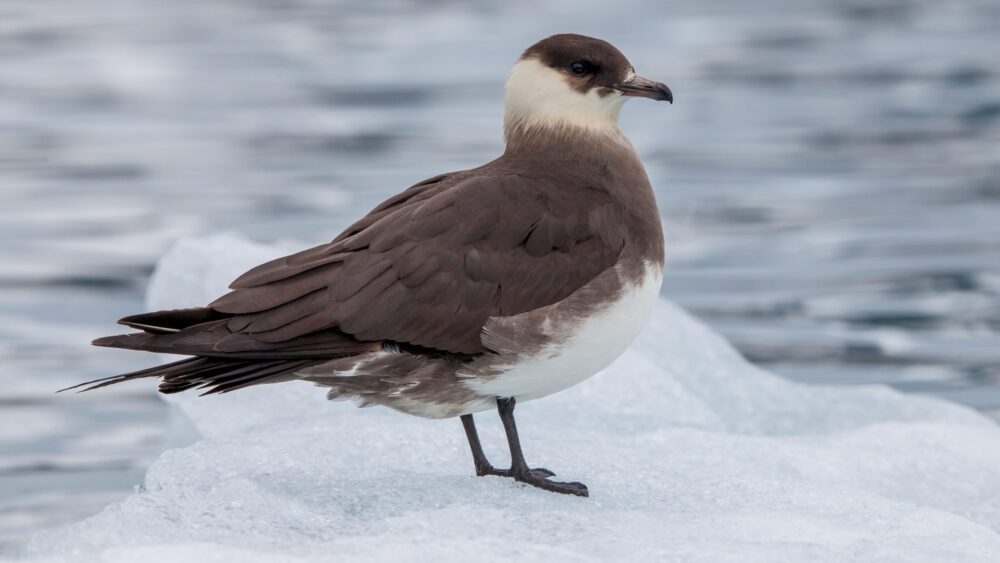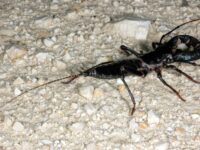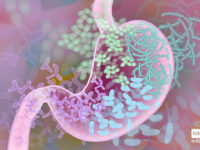Across the barren landscape of Antarctica, a team of scientists spent the months of December 2013 through February 2014 collecting bird poop from seabird nesting regions. After carefully preserving these samples and sections of muscle tissue from seabird carcasses, these researchers transported their data collection to Griffith University in Australia for analysis. Why pick up bird poop? Their focus was identifying toxins carried by the south polar skua.
Many seabirds congregate in Antarctica to nest and raise their young. Penguins, albatrosses, and skua nest atop cliff tops, near the water, or inland on remote mountains. The south polar skua is a foraging seabird, diving into the water to hunt fish and stealing eggs from other seabirds. The intrigue of this species stems from one key trait – the south polar skua’s impressive migration, which sends them across the globe to food sources as far North as Northern California. This behavior causes a distinct relationship between the south polar skua and the Antarctic environment. As they feed, these birds accumulate nutrients and pollutants, returning to Antarctica carrying this chemical baggage.
The skua migration attracted the attention of researchers who sought to understand the role of this species as a biovector. Biovectors are species that transport chemicals from one ecosystem to another, supporting life in places that would otherwise couldn’t. As a biovector, Antarctic seabirds shuttle nutrients by leaving behind bird poop or guano, eggshells, and carcasses throughout their migration. However, biovectors can also carry negative chemicals. Pollutants travel with these birds during their migration, and the predatory nature of the south polar skua positions them to be a potent pollutant biovector.
Predatory species are prone to pollution biomagnification, a phenomenon where pollutant concentration increases as species are positioned higher in the food chain. This phenomenon can be seen in messages advising pregnant women to avoid eating large, predatory fish such as bigeye tuna and swordfish. Since these fish are predators, they accumulate toxins present in their prey. For pregnant women, this build-up of mercury can damage a developing fetus.
Birds accumulate nutrients and pollutants, returning to Antarctica carrying this chemical baggage.
South polar skua are predatory animals, and their vast migration results in many opportunities to encounter toxins in their food sources. When examining the samples of skua guano collected from Antarctica, researchers sought evidence for the bioaccumulation of chemicals in these predatory seabirds. Specifically, the researchers were looking for persistent organic pollutants (POPs).
POPs can originate from pesticide use or industrial processes, and they are extremely resistant to degradation. Several processes that produce POPs include the application of agricultural fungicides, waste incineration, and aircraft defoliation. These chemicals can leach from landfills or industrial equipment and affect prey in lower levels of the food chain. As predatory animals consume this prey, POPs accumulate in their bodies.
High concentrations of POPs in wildlife are alarming – these chemicals have negative health effects on both wildlife and humans. In studies of fish, birds, shellfish, and mammals, POP exposure resulted in developmental, endocrine, and reproductive effects. POPs were also found to be carcinogenic and caused thyroid and immune dysfunction. Disturbingly, some human populations have similar body concentrations of POPs as exposed wildlife in these studies, causing an increased risk of cancers and concerns for fetal development. Some human populations of concern include industrialized areas in the United States, Taiwan, South Vietnam, and Canada where POPs have been found in high concentrations in adipose tissue.
Through analysis of their samples, researchers found that bird carcasses and guano samples both contained POPs, with muscle tissue samples containing the higher concentrations of the two. Another study performed by researchers at the Institute of Biophysics in Brazil noted that in comparison to other seabirds such as penguin species, the south polar skua have much higher POP burdens. By flying to northern regions such as Japan, Europe, and North America, the south polar skua have more exposure and accumulation of POPs which they bring to Antarctica.
Researchers published their findings in 2021, demonstrating that POPs have a greater chemical footprint than previously described. Their presence in the Antarctic prolongs their life, as degradation of POPs is slowed in Antarctic temperatures. This research sheds light on the need to find safer alternatives to POPs and prevent the use of illegal POPs. The south polar skua’s migration pattern illuminates the spread of POPs across the globe to Antarctica. By defining the role of the south polar skua as a biovector, researchers have emphasized that protecting Antarctica requires environmental action across the globe.
Environmental Pollution (2021). DOI: 10.1016/j.envpol.2021.118358
Science of the Total Environment (2016). DOI: 10.1016/j.scitotenv.2016.07.080
Journal of Toxicology and Environmental Health (2006). DOI: 10.1080/15287390600751447




